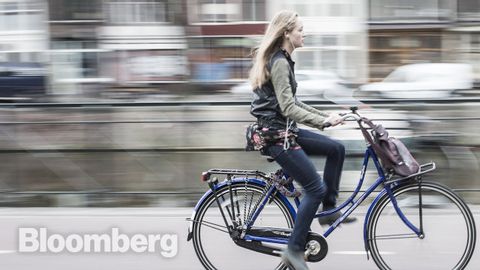アムステルダムが自転車天国になった経緯 (How Amsterdam Became a Bicycle Paradise)
Li-chieh Young が 2021 年 01 月 14 日 に投稿  この条件に一致する単語はありません
この条件に一致する単語はありませんUS /ˈdɛdɪˌketɪd/
・
UK /'dedɪkeɪtɪd/
- v.t.捧げた;専念した;捧げる
- adj.熱心な : 献身的な;専用の
US /ˌɑpɚˈtunɪti, -ˈtju-/
・
UK /ˌɒpə'tju:nətɪ/
- n. (c./u.)機会;好機;仕事の機会;ビジネスチャンス
US /ˈkɑnˌsɛpt/
・
UK /'kɒnsept/
US /ɛmˈbres/
・
UK /ɪm'breɪs/
- n. (c./u.)抱擁;受容
- v.t.抱擁;受け入れる;含む
エネルギーを使用
すべての単語を解除
発音・解説・フィルター機能を解除

